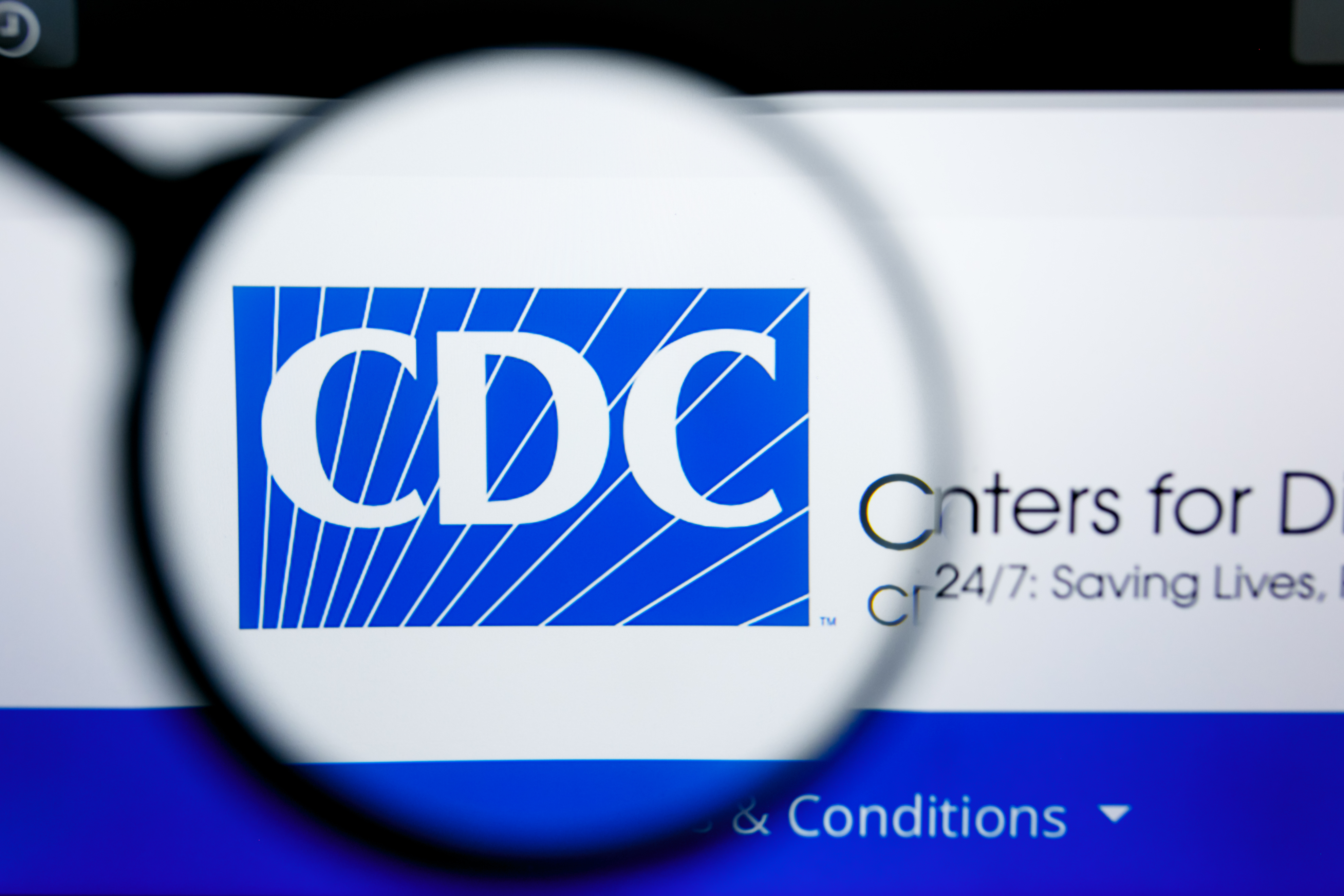CDC finally acknowledges airborne COVID-19 spread, for real this time

The CDC has updated its COVID-19 guidance to acknowledge that the virus can sometimes spread via small droplet particles that linger in the air.

The Centers for Disease Control and Prevention (CDC) has updated its COVID-19 guidance to acknowledge that the virus can sometimes spread via "airborne transmission," or small droplet particles that linger in the air for long periods.
The revised guidance follows the CDC's blunder last month, in which the agency seemingly acknowledged airborne spread only to delete the information from its website two days later, Live Science previously reported. At the time, the CDC said that a draft version of the guidance had been posted in error, and that it was still working on its updated recommendations.
But now, the new guidance appears finalized. On Monday (Oct. 5), the agency officially announced it had updated the information on its "How COVID-19 Spreads" website to address airborne spread.
The website states that "some infections [of COVID-19] can be spread by exposure to virus in small droplets and particles that can linger in the air for minutes to hours. These viruses may be able to infect people who are further than 6 feet [1.8 meters] away from the person who is infected or after that person has left the space."
Related: 14 coronavirus myths busted by science
Studies show that this type of spread can happen under certain conditions, specifically "enclosed spaces that had inadequate ventilation," the website says.
Still, the new guidance seems to deemphasize aerosol spread as compared with the earlier draft guidance that was mistakenly posted. That draft guidance said that COVID-19 could spread through "respiratory droplets or small particles, such as those in aerosols," and noted that "this is thought to be the main way the virus spreads."
Get the world’s most fascinating discoveries delivered straight to your inbox.
The agency's new guidelines stress that aerosols are not the main way that COVID-19 spreads. "Available data indicate that it is much more common for the virus that causes COVID-19 to spread through close contact with a person who has COVID-19 than through airborne transmission."
Overall, the CDC said it's guidance on how to protect yourself from COVID-19 hasn't changed, according to a statement from the agency. "People can protect themselves from the virus that causes COVID-19 by staying at least 6 feet away from others, wearing a mask that covers their nose and mouth, washing their hands frequently, cleaning touched surfaces often and staying home when sick," the statement said.
The agency's website includes an additional recommendation to "avoid crowded indoor spaces and ensure indoor spaces are properly ventilated by bringing in outdoor air as much as possible."
Originally published on Live Science.

Rachael is a Live Science contributor, and was a former channel editor and senior writer for Live Science between 2010 and 2022. She has a master's degree in journalism from New York University's Science, Health and Environmental Reporting Program. She also holds a B.S. in molecular biology and an M.S. in biology from the University of California, San Diego. Her work has appeared in Scienceline, The Washington Post and Scientific American.


